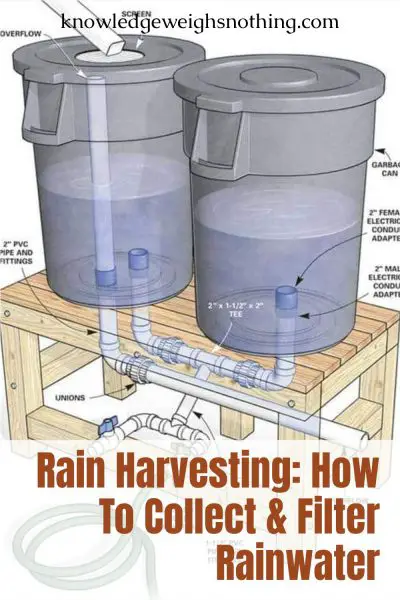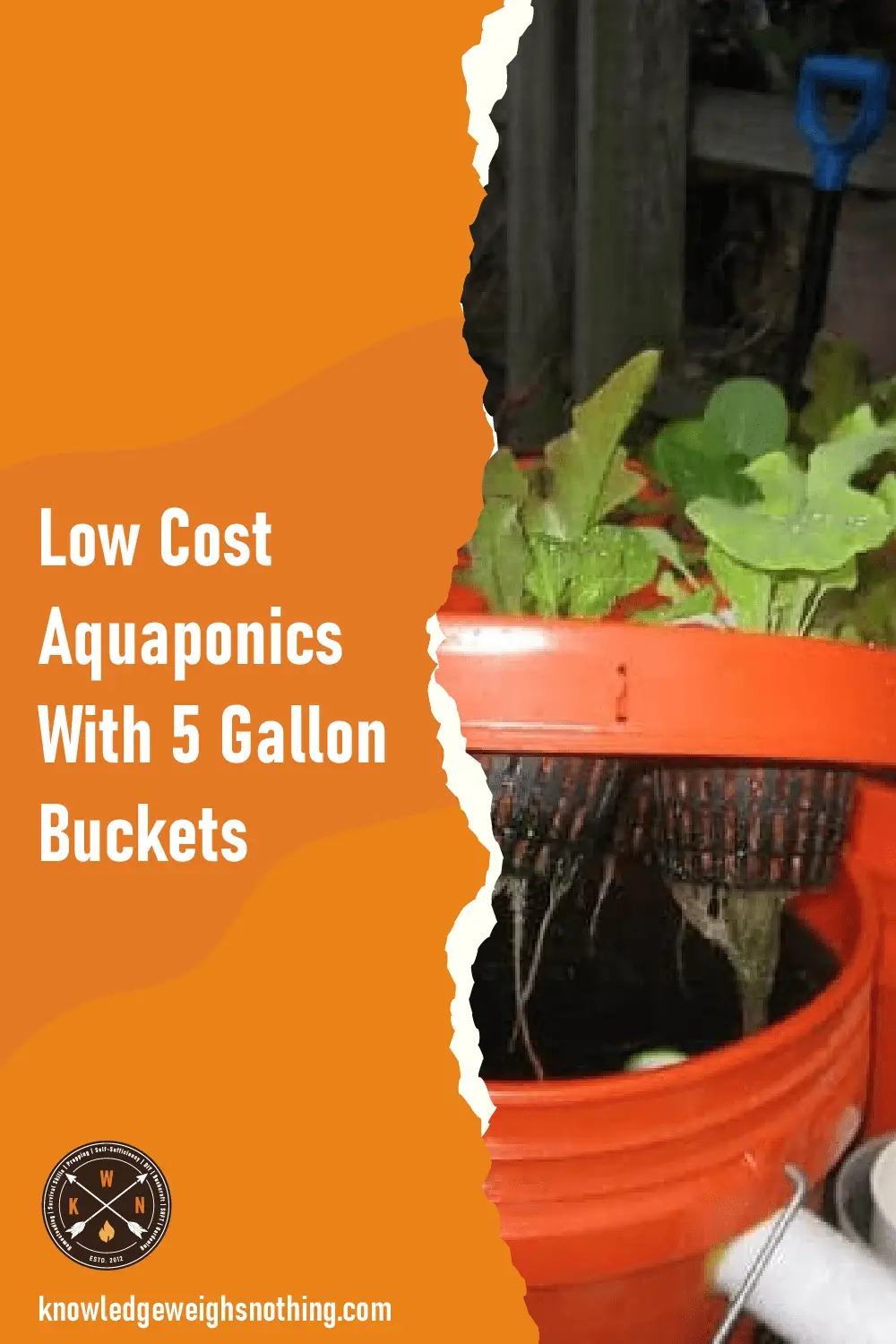
UPDATE: this post is a combination of a few smaller posts that were knocking around from the early days of K.W.N. As these posts contained excellent information on rainwater harvesting and filtering, I have compiled them here in one larger post.
I stumbled across this diagram a while back. Unfortunately, I was unable to find the original source or any further details on materials and construction. However, all is not lost as the diagram pretty much shows you all you need to know to collect and store rainwater at home. Includes fixtures and fittings. It shouldn’t be too difficult to replicate this system using just the diagram.
Table of Contents
ToggleHow To Make A BioSand Homemade Water Filter To Filter Collected Rainwater
Most people who collect rainwater, do so for watering their garden and crops. The thing is, rainwater collected from the roof of your home etc is perfectly drinkable if it is first filtered, to take out any toxins and bacteria etc. You don’t need a high-tech expensive industrial water filter system to do this; you can easily make something known as a bio-sand filter, which can all but be made for free…
Below is some additional information from Wikipedia
Bio-sand filters remove pathogens and suspended solids through a combination of biological and physical processes that take place in the biolayer and within the sand column. BSFs have been shown to remove 5.00-64.00% of heavy metals and 90.00-99.99% of turbidity and contaminants such as bacteria, viruses, and protozoa.
If you are interested in setting up your own bio-sand water filter, to run your collected rainwater through, check out: How To Make A Bio-Sand Filter To Filter Collected Rainwater
BioSand Filter Which Could Easily Be Adapted Into A Rainwater Barrel
Above is a large homemade bio-sand water filter system from Instructables. If you head over to Instructables, there is a very in-depth, step-by-step tutorial explaining how to build this DIY bio-sand filter, plus a load of information on why bio-sand filters are incredibly effective at filtering water. The best bit is the whole tutorial can be saved/downloaded in a PDF document, making it easy to print out and refer to whilst.
Simple And Affordable Water Tote Rain Storage System
Harvested rainwater isn’t really great to drink, but if you are without your main water supply for whatever reason, it is feasible to use a survival/camping water filter such as this water filter to filter this water and make it safe for drinking.
If you’d like more information about building a rainwater collection system, the folks over at Old World Garden Farms have built a great system and they have written an article about how it was put together and how it works. Check it out below.
For emergency drinking water storage, check out: WaterBOB WB-06-001 Emergency Drinking Water Storage it fits in your bathtub and holds 100 gallons of water.
If you are thinking about installing rain barrels to store rainwater, just be aware that in some states this is illegal, sad but true. If you can have rainwater barrels there are lots of things that you should and shouldn’t do. If you are storing water to drink, you need to do things differently than if you were storing the water purely to water the grass.




